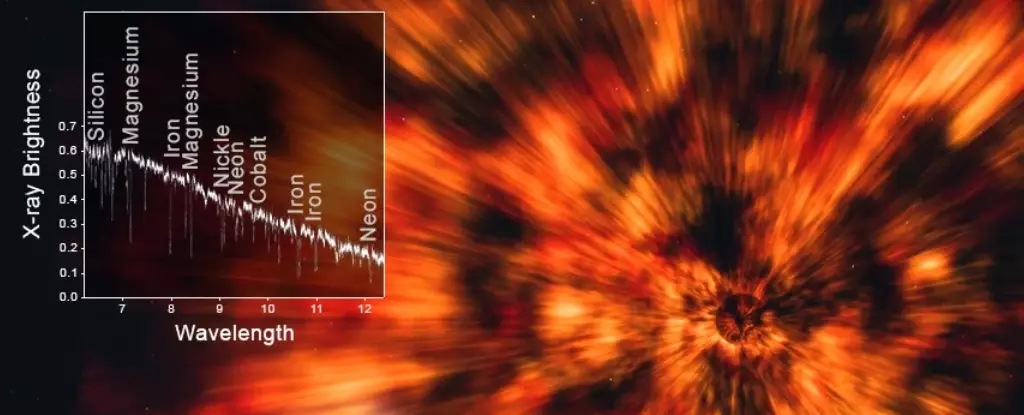The common narrative surrounding black holes often conjures images of cosmic monsters relentlessly consuming everything in their vicinity, including the very essence of history itself. This sensational portrayal misleads, creating an oversimplified view of how black holes interact with matter and information. Contrary to popular belief, the information of the material doesn’t simply vanish once it crosses the event horizon of a black hole. Recent advancements in astrophysics showcase that the regions surrounding black holes hold valuable historical records. This complexity illuminates not just the cosmic giants themselves, but the celestial tales surrounding their formation and evolution.
GRO J1655-40: A Case Study
The black hole system GRO J1655-40 serves as a prime example of how we can decode the past through modern astronomical techniques. This particular system comprises a black hole with a mass of approximately seven times that of our Sun, alongside a companion star exceeding three solar masses. The backstory of this binary system reveals a transformative journey that started with two stars, one of which met its explosive end as a supernova, subsequently collapsing into a black hole. This interplay between stars offers a riveting inquiry into stellar life cycles and the conversion of mass into different forms.
Chandra’s Cosmic Archive
In a major breakthrough, astronomers utilized data captured by NASA’s Chandra X-ray Observatory dating back to 2005, a period when GRO J1655-40 was particularly luminous in the X-ray spectrum. The Chandra spacecraft provided spectral data critical for identifying elemental compositions within the system. By revealing the relative abundances of 18 different elements, researchers could engage in what can be characterized as astronomical archeology. This process involves reconstructing the original characteristics of the progenitor star that birthed the black hole.
The Elemental Puzzle
The elemental analysis indicates that the progenitor star of the black hole had an astonishing mass of 25 solar masses. This staggering weight dwarfs its companion star and implies that most of its matter has been expelled into the cosmos—either through the supernova explosion that created the black hole or via the stellar winds that shaped its lifecycle. Such reconstructions provide powerful insights into the evolutionary pathways of binary star systems and expand our understanding of how massive stars ultimately become black holes or neutron stars.
The Larger Implications
The significance of this research extends beyond GRO J1655-40 or even black holes. It opens a window into the nuanced dynamics of stellar evolution and the cosmic life cycles of massive stars. By employing similar methodologies on other astronomical systems, scientists can better model the fate of dying stars, enriching our understanding of the universe’s development. The intricate dance between matter, energy, and time encapsulated in these cosmic narratives serves to remind us that even in the darkest corners of the universe, history continues to resonate.


Leave a Reply